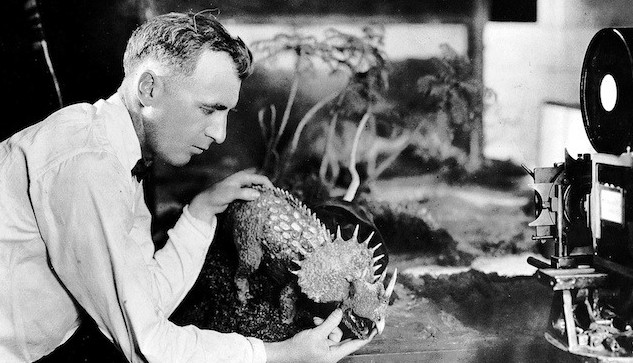We enter into a world that amazingly allows for complex, multicellular life, but is hostile to it. It’s not just diseases, quakes, storms and other relatively small-scale horrors out to get us, but now and again calamity writ large, like comet showers. We are born to die, of course, but sometimes terrifyingly and en masse. We are all dinosaurs, in a sense.
The opening of Adrienne LaFrance’s Atlantic piece about the regularity of mass extinctions, though not all the news is bad:
One thing we know for sure is that conditions on Earth were, shall we say, unpleasant for the dinosaurs at the moment of their demise. Alternate and overlapping theories suggest the great beasts were pelted with monster comets, drowned by mega-tsunamis, scorched with lava, starved by a landscape stripped of vegetation, blasted with the radiation of a dying supernova, cloaked in decades of darkness, and frozen in an ice age.
Now, a pair of researchers have new evidence to support a link between cyclical comet showers and mass extinctions, including the one that they believe wiped out the dinosaurs 66 million years ago. Michael Rampino, a geologist at New York University, and Ken Caldeira, an atmospheric scientist at the Carnegie Institution for Science, traced 260 million years of mass extinctions and found a familiar pattern: Every 26 million years, there were huge impacts and major die-offs. Their work was accepted by the Monthly Notices of the Royal Astronomical Society in September.•

